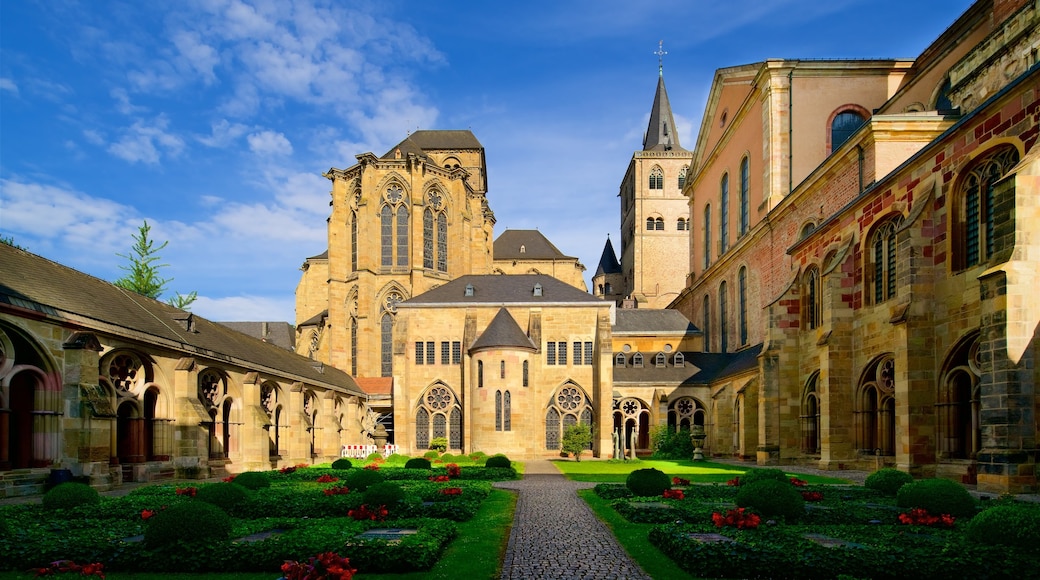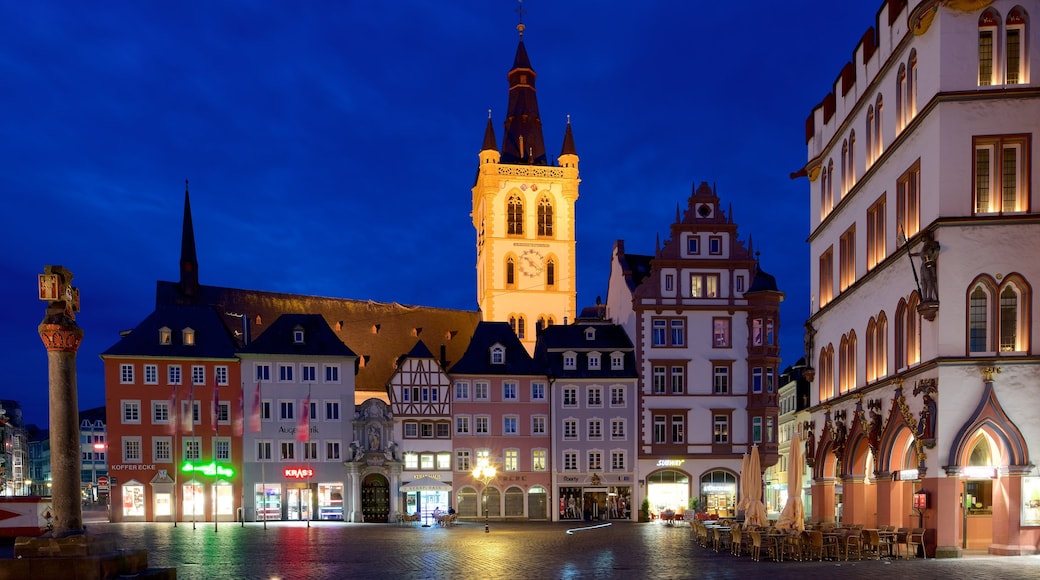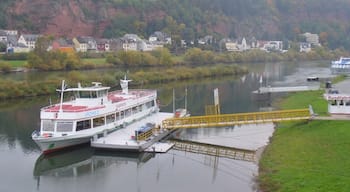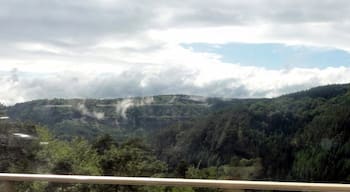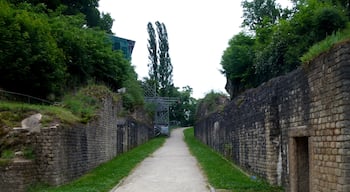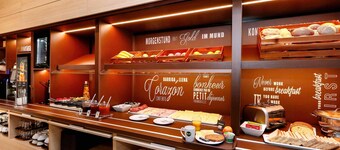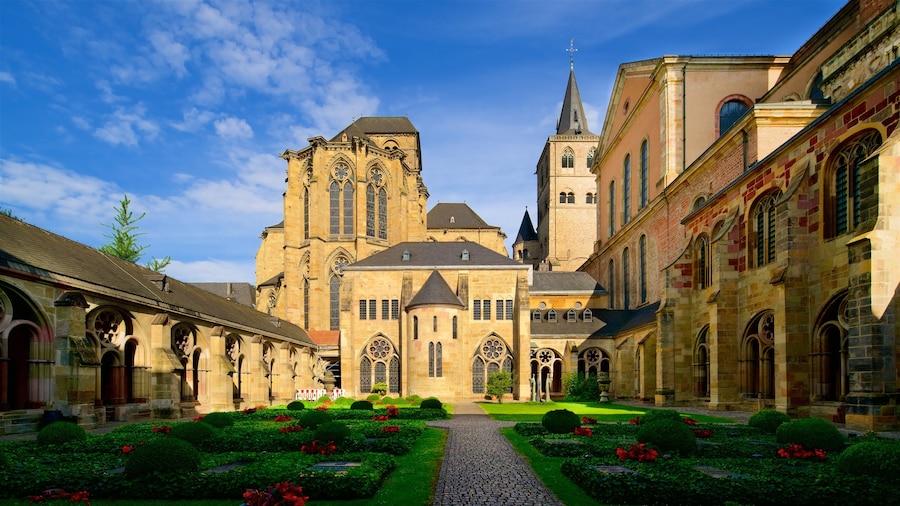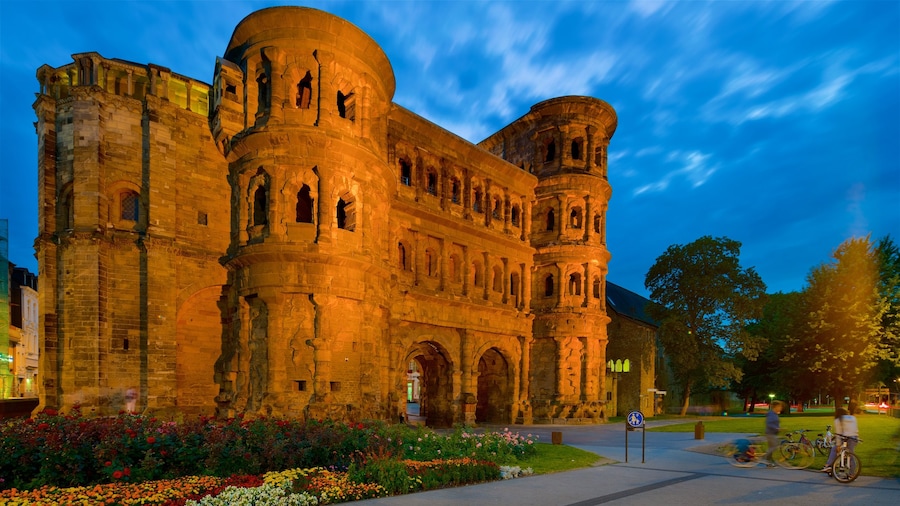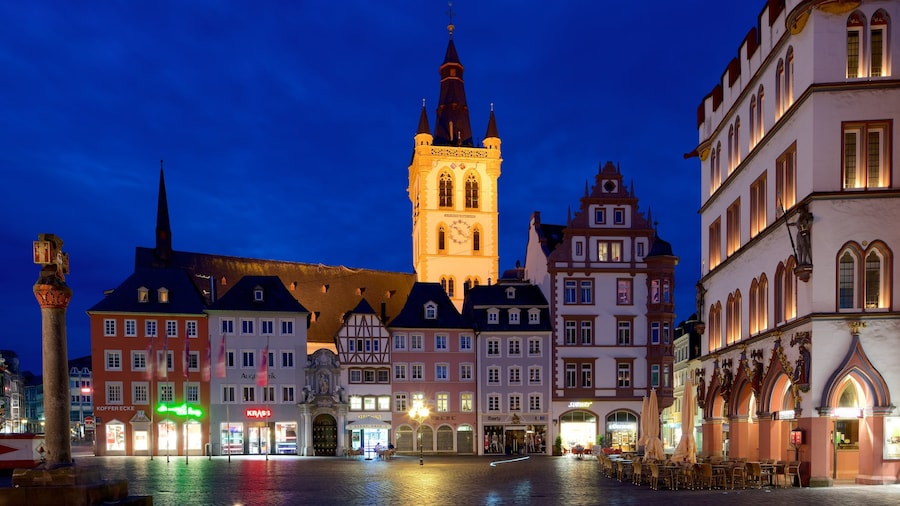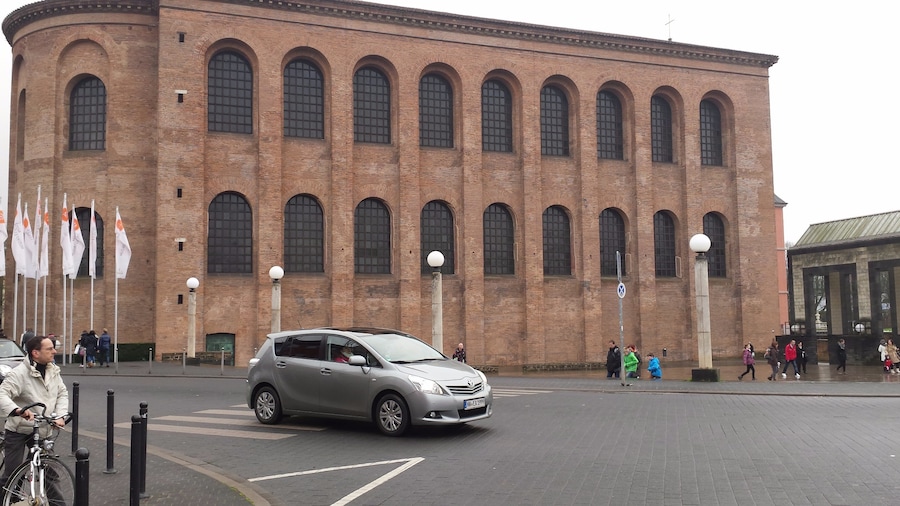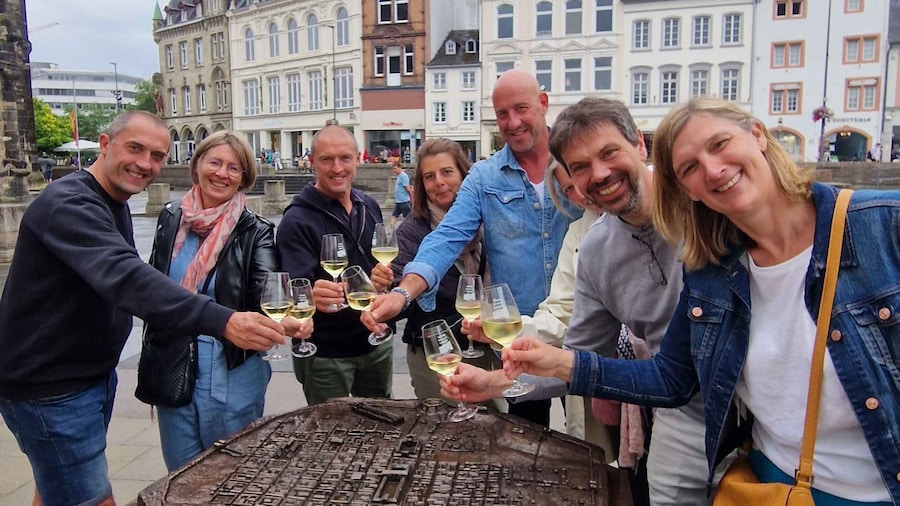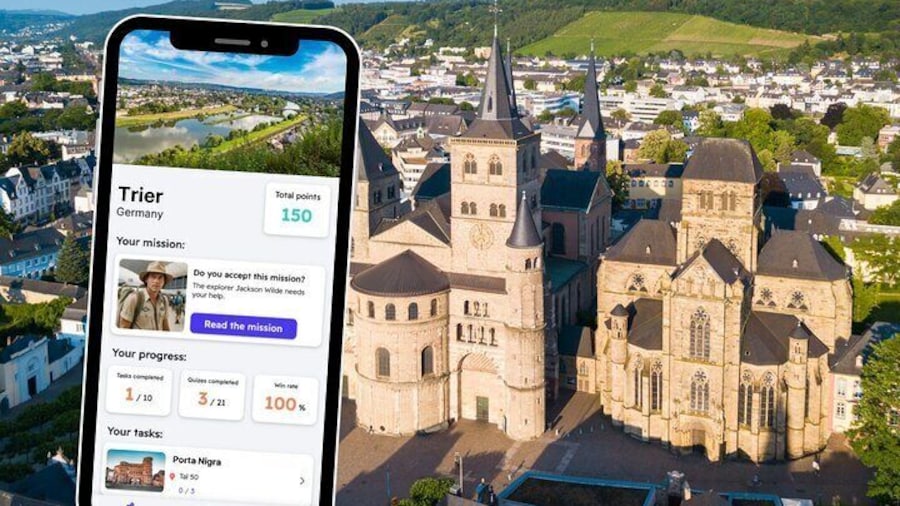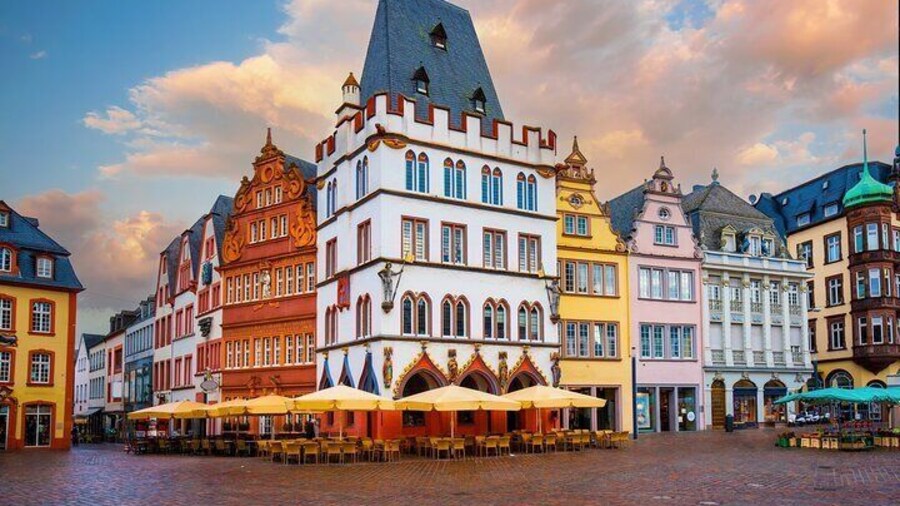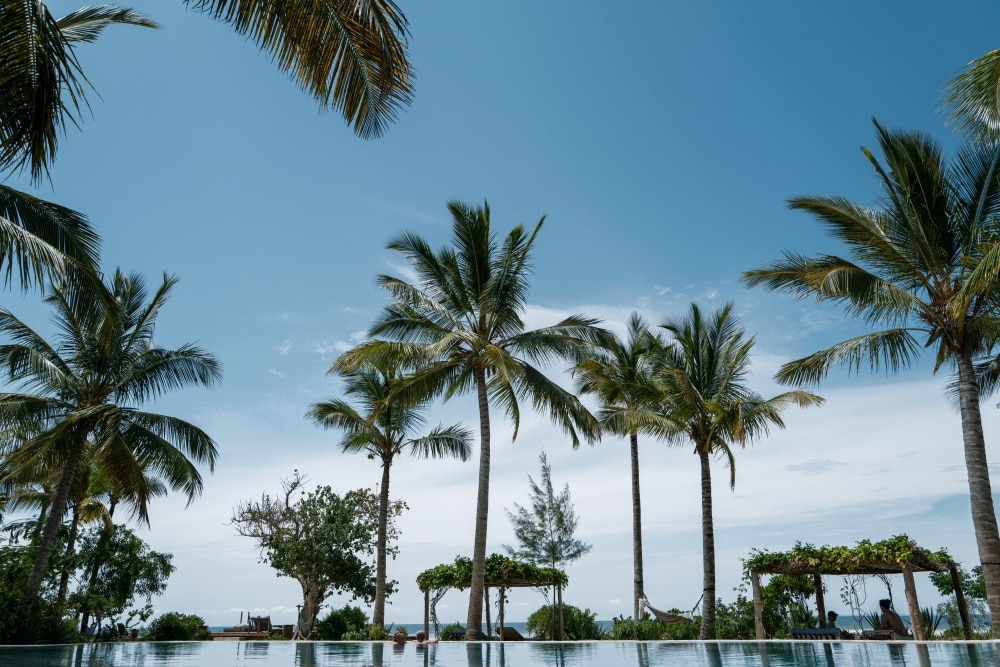This city’s Roman and medieval buildings, old churches, vineyards and charming valley give visitors an insight into its long and eventful history.
Trier, historically called “Treves” in English, is the oldest city in Germany. It lies in a valley on the Moselle River. Visitors will find numerous buildings, museums, parks and other sites that illustrate the city’s diverse history. Trier served as the seat of government for the Western Roman Empire, received the name “holy city” in the Middle Ages and survived a number of wars as a border city between Germany and France. Today it is a university city known for its popular Moselle wine region.
There are a number of Roman structures to see on your visit to the city, including the Trier Cathedral, Amphitheatre, Roman Bridge, Imperial Baths and Porta Nigra, which is the largest Roman city gate north of the Alps and is a UNESCO World Heritage Site.
Explore the Main Market, Church of Our Lady and Jews’ Alley to get an insight into the medieval and gothic periods in Trier. There are a large number of other gothic churches to see, particularly around the Main Market. Make sure you include a visit to the Electoral Palace when you’re in the city. It is considered to be one of the most beautiful rococo palaces in the world.
From the Amphitheatre, follow the one-mile (1.6-kilometre) Trier Wine Culture Trail where you will learn about the life and cultivation of vines. After strolling along the path for about an hour, you will come to the Trier wine village of Olewig, where you can visit one of the wine cellars, learn about making wine and of course, have a taste. To see a bit more of the wine region, take a bike along the Moselle Cycling Trail.
There is plenty of underground parking throughout the city. Downtown Trier is small enough to get around on foot, but public transportation is also available. Buses serve the city and if you don’t want to do much walking in between the tourist attractions, there is a 24-hour bus ticket option.
